



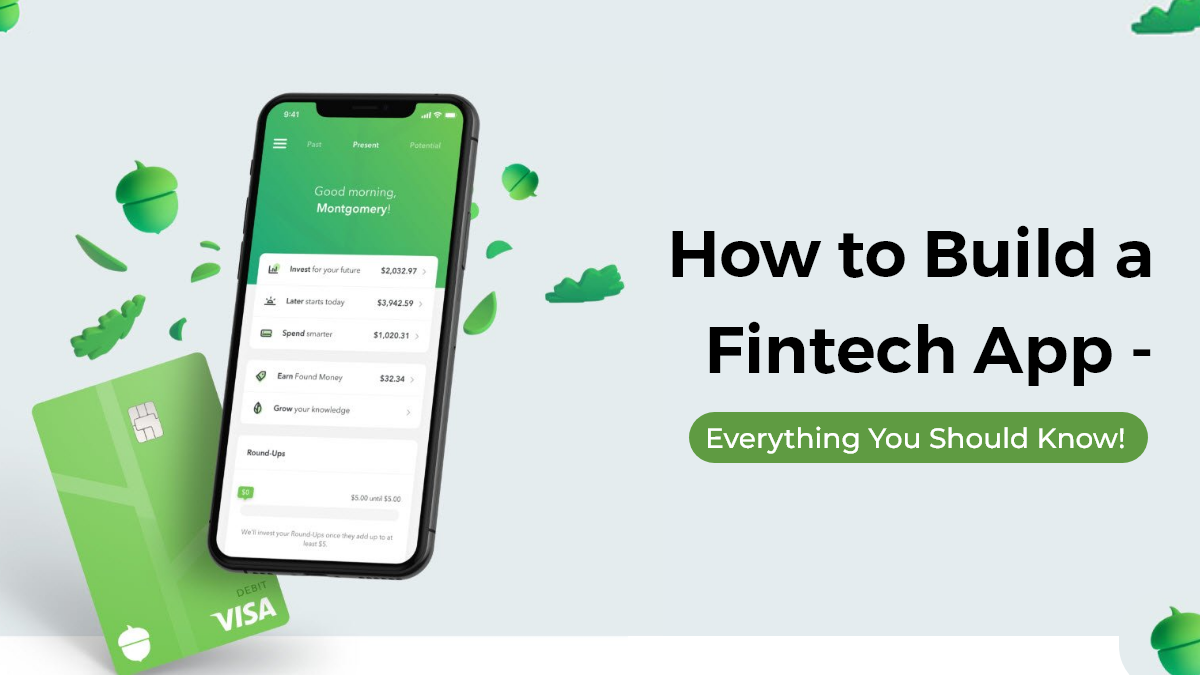
- March 13, 2023
- 77 Views
With the advent of technology, the financial industry has experienced a massive transformation in the past few years. Fintech applications have revolutionized the way we manage and invest our money.
As mobile app development has become more accessible, creating a fintech app is now easier. However, with several complexities that come with such applications, mobile app developers have to consider several considerations while developing them.
This article will cover the essential points of creating a fintech application. We will guide you through the development process and provide tips on creating an efficient app.
-
Table of Contents
-
- 1. What is a Fintech App?
- 2. What are the Features a Fintech App Must Have?
- 3. What are the Various Types of Fintech Apps?
- 4. What are Some Innovative Trends for Fintech App Development?
- 5. What is the Technology Stack Used to Build a Fintech App?
- 6. How to Create a Fintech App?
- 7. How Much Does it Cost to Develop a Fintech Mobile App?
- 8. Final Thoughts
- 9. FAQs
-
What is a Fintech App?
A fintech app is a mobile application that provides financial services and products to users. Fintech apps are designed to simplify the financial process and make it more accessible to everyone. These apps can perform various functions, such as mobile payments, budgeting, investment management, and loan services.
The fast-growing space is supposed to reach $174B in 2023 and is anticipated to reach $188B by 2024.
What are the Features a Fintech App Must Have?
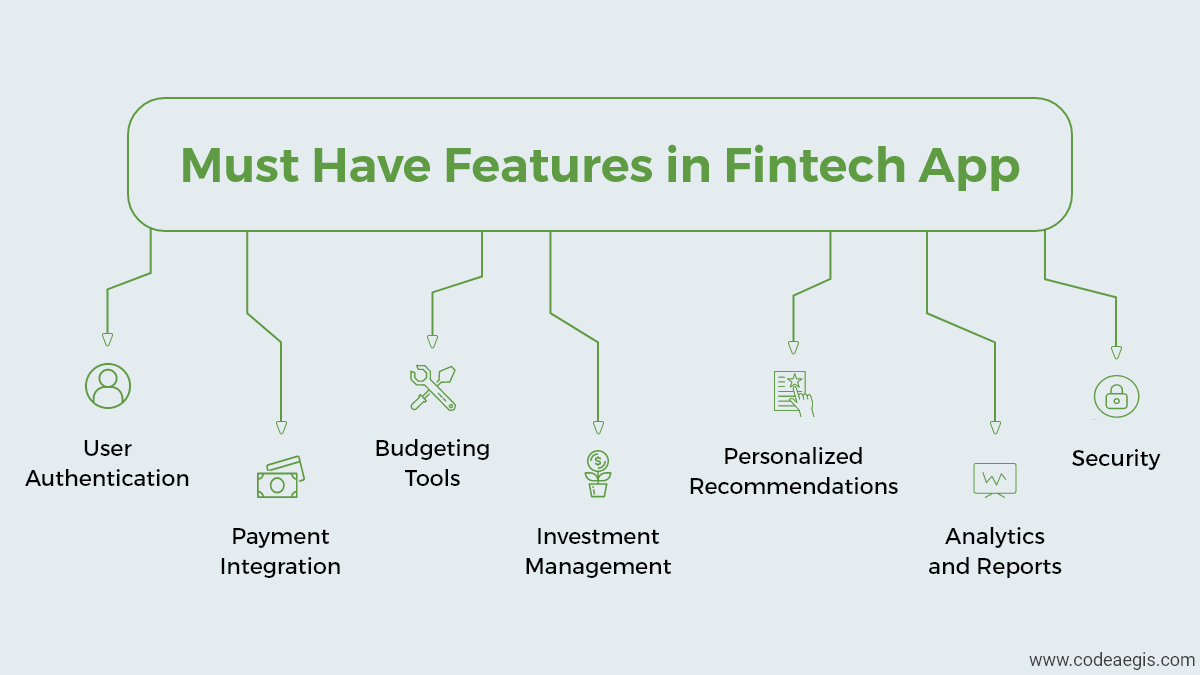
- User Authentication: A fintech app must have a secure user authentication system to protect user data and prevent unauthorized access.
- Payment Integration: A payment gateway integration allows users to make transactions securely and conveniently within the app.
- Budgeting Tools: A budgeting feature is essential for users to manage their expenses and track their financial goals.
- Investment Management: An investment feature that enables users to invest their money in different portfolios and track their investments in real time.
- Personalized Recommendations: A fintech app should provide personalized recommendations based on the user's spending habits and financial goals.
- Analytics and Reports: A feature that enables users to view their spending patterns and generate reports that help them make better financial decisions.
- Security: The app must have robust security measures to protect users' sensitive information and prevent fraud.
What are the Various Types of Fintech Apps?
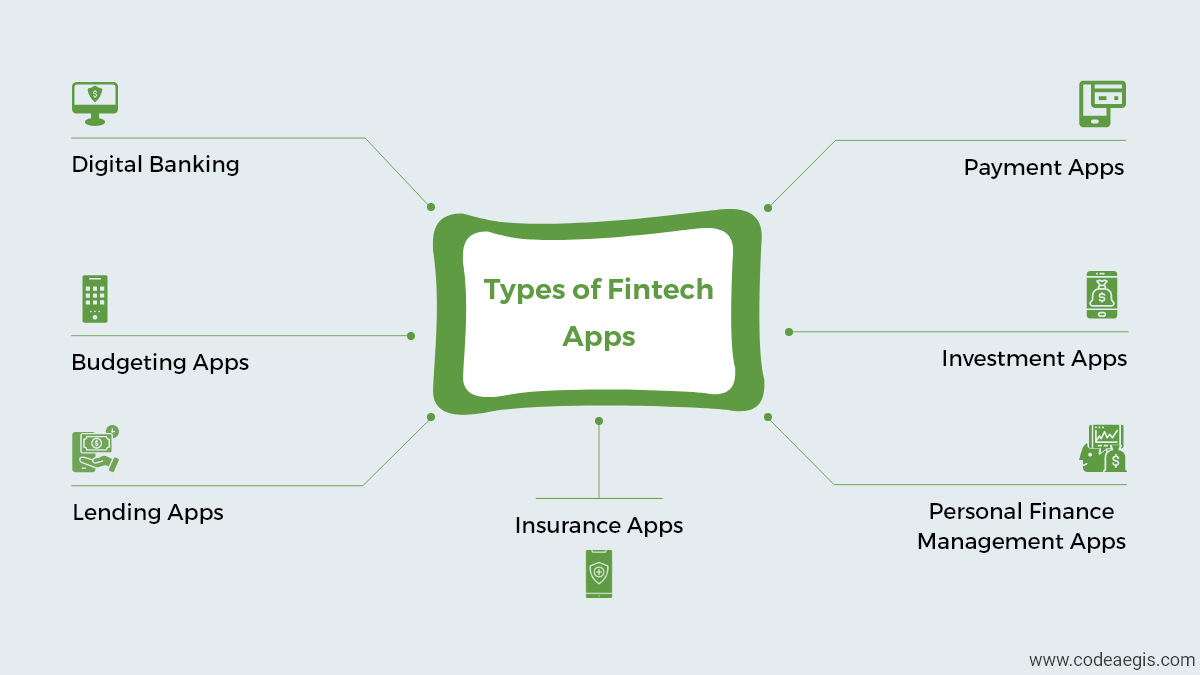
- Digital Banking: Digital banking apps offer users the convenience of managing their bank accounts and performing smartphone transactions.
- Payment Apps: Payment apps allow users to make smartphone transactions using mobile wallets, credit/debit cards, and other payment methods.
- Budgeting Apps: Budgeting apps help users track their expenses and manage their finances effectively.
- Investment Apps: Investment apps allow users to invest their money in different portfolios, track their investments, and manage their portfolios in real time.
- Lending Apps: Lending apps provide loans to users with a quick and hassle-free application process.
- Personal Finance Management Apps: These apps give users an overview of their finances and help them make better financial decisions.
- Insurance Apps: Insurance apps offer users various insurance products and services, making purchasing and managing policies easier.
What are Some Innovative Trends for Fintech App Development?
Sure, here are the top 9 innovative trends for Fintech App Development:
- Blockchain Integration
Blockchain is a decentralized digital ledger that enables secure and transparent transactions. Fintech apps are leveraging blockchain to create a secure environment for financial transactions.
-
AI-powered ChatbotsArtificial intelligence (AI) provides 24/7 customer support and personalized financial advice. They are also reducing costs for financial institutions by automating customer service.
-
Contactless PaymentsFintech apps use near-field communication (NFC) technology to enable contactless payments. This technology allows users to make transactions by simply tapping their mobile devices.
-
Biometric AuthenticationFintech apps incorporate biometric authentication, such as facial recognition and fingerprint scanning, to enhance security and streamline the user experience.
-
Open BankingIt enables users to share their financial data with third-party providers securely. Fintech apps leverage open banking to create new products and services that enhance the user experience.
-
Micro InvestingFintech apps enable users to invest small amounts of money in stocks and other financial products. This trend is making investing more accessible to people who previously couldn't afford it.
-
Personal Finance ManagementFintech apps provide users with tools to manage their finances, such as budgeting, expense tracking, and goal setting.
-
Robo-advisoryFintech apps use robo-advisory to provide personalized investment advice to users. This technology uses algorithms to analyze user data and provide investment recommendations.
-
Voice-powered BankingFintech apps use voice-powered technology, such as Amazon Alexa and Google Assistant, to enable users to conduct financial transactions using their voice. This trend is making banking more convenient and accessible to users.
Read More:- What Is DeFi? Guide to Decentralized Finance
What is the Technology Stack Used to Build a Fintech App?
The technology stack used to build a fintech app depends on the app's requirements. Some of the essential technologies used are:
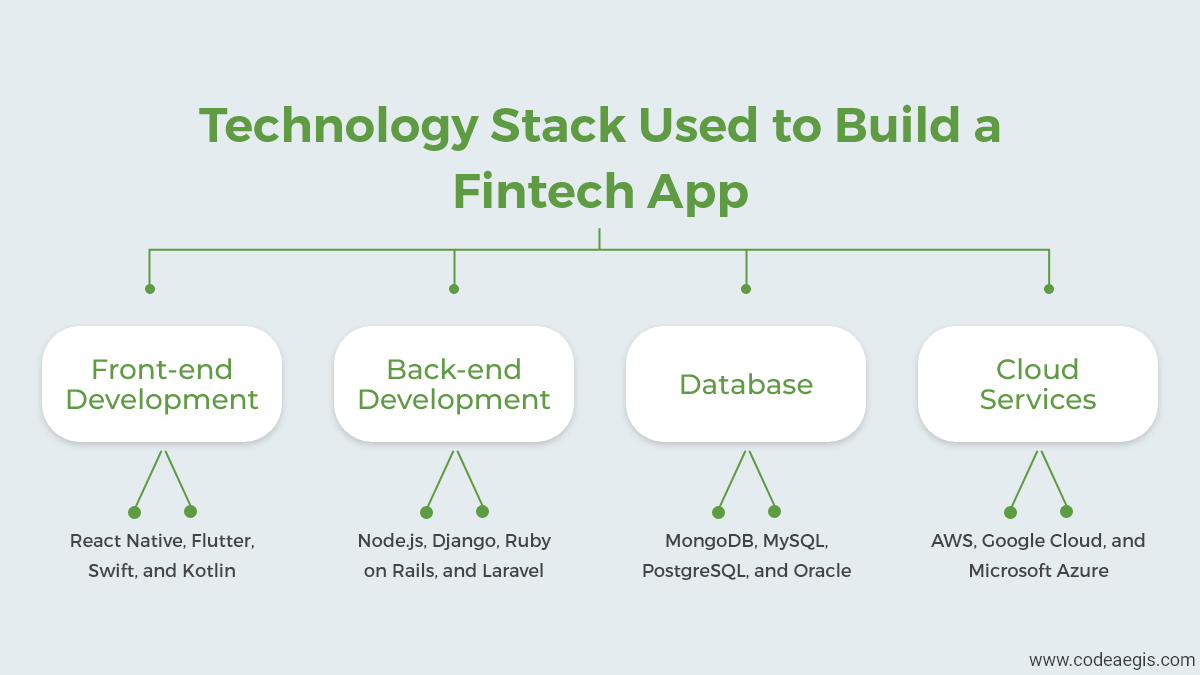
- Front-end Development: React Native, Flutter, Swift, and Kotlin.
- Back-end Development: Node.js, Django, Ruby on Rails, and Laravel.
- Database: MongoDB, MySQL, PostgreSQL, and Oracle.
- Cloud Services: AWS, Google Cloud, and Microsoft Azure.
How to Create a Fintech App?
A fintech app can offer a variety of financial services to users, including payments, investments, loans, and insurance. Creating a fintech app requires a comprehensive understanding of the financial industry, its regulations, and the latest technology trends. In this section, we will outline a step-by-step process for creating a fintech app.
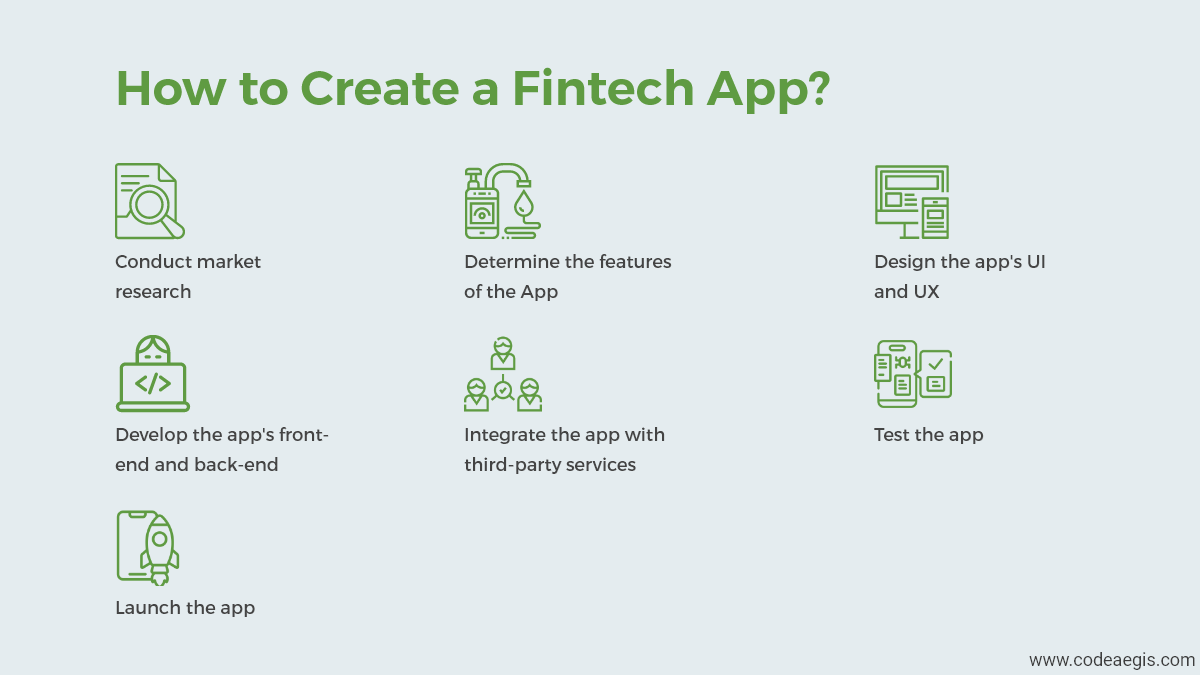
- Step 1: Conduct market research
The first step in creating a fintech app is to conduct market research to identify the target audience and competition. Analyze the existing fintech apps and identify their strengths and weaknesses. You must understand current market trends, user preferences, and pain points. You should also research the regulatory requirements for the financial industry in your target market.
-
Step 2: Determine the app's features and functionalityBased on your research, determine the features and functionality you want to include in your fintech app. The app should be user-friendly and secure and provide a seamless user experience. Some essential features include secure login, integration with financial institutions, payment processing, budgeting and financial management tools, alerts and notifications, and support for multiple currencies.
-
Step 3: Design the app's user interface (UI) and user experience (UX)Designing the app's UI and UX is critical in creating an engaging user experience. A well-designed app should have a clear, intuitive interface, easy navigation, and a visually appealing design. Before developing, you can use wireframes and prototypes to create a blueprint of the app's UI and UX.
-
Step 4: Develop the app's front-end and back-endOnce you have the app's design in place, it's time to develop the front-end and back-end of the app. The front end refers to the part of the app that the users interact with, while the back end handles the app's data and logic. The front-end development involves programming languages such as Java, Swift, and Kotlin, while the back-end development involves databases such as MySQL and PostgreSQL.
-
Step 5: Integrate the app with third-party servicesIntegrate the app with third-party services such as payment gateways and financial institutions. This step is essential for a seamless user experience as users will expect to use their bank accounts or credit cards to make payments. Integration with third-party services also ensures that the app complies with financial regulations.
-
Step 6: Test the app for bugs and errorsBefore launching the app, testing it for bugs and errors is crucial. Testing involves running the app through various scenarios and ensuring it performs as expected. This step will ensure the app is bug-free and delivers a seamless user experience.
-
Step 7: Launch the app on the app store and promote it through digital marketingThe final step is to launch the app on the app store and promote it through digital marketing. You can promote your app through social media marketing, search engine optimization (SEO), and paid to advertise. App store optimization (ASO) is critical in ensuring your app is visible to users.
How Much Does it Cost to Develop a Fintech Mobile App?
The cost of developing a fintech mobile app depends on the complexity and features that you require. Generally, an average-sized fintech application development project can range from $25,000 to over $50,000, depending on the features and technology stack selected. The cost also includes annual maintenance costs, which may consist of security updates or bug fixes.
It is essential to factor in additional resources such as UI/UX design services, marketing campaigns, customer support teams, and other associated expenses when considering the cost of a fintech mobile app development project.
Additionally, many different software companies offer custom solutions for financial businesses that have their pricing structures based on the scope of work required.
If you are a mobile app developer from a reputable company, you can expect to pay anywhere from $50-200 per hour.
Final Thoughts
Building a fintech app is an exciting challenge, but it comes with its own challenges. To provide users with the best experience, you must ensure your design and features are up-to-date and complete.
With the right guidance and research, you can build a successful fintech app that meets customer demands and stands out among competitors. By understanding how people use money in their everyday lives and what services they expect from fintech apps, you can create an engaging product that people will love using.
It is always good to hire a reputable mobile app development company to get the best outcomes.
FAQs
How do Fintech apps make money?
Fintech apps make money by charging a fee for their services. This can be done in various ways, such as taking a percentage of each transaction or charging an upfront fee for particular services.
Additionally, some Fintech apps may offer premium features with additional fees. Lastly, many Fintech apps partner with financial institutions to provide exclusive deals and discounts on products and services, generating revenue for the app.
How long does it take to develop a Fintech app?
The development time of a Fintech app can vary significantly depending on the size and complexity of the project. Generally, an app with basic features may take 2-3 months to develop, while more complex apps may require up to 6 months or longer.
Factors such as the number of features and integrations, technology stack being used, user interface design requirements, and testing process will also substantially influence how long it takes to develop a Fintech app. Additionally, having an experienced development team that specializes in creating financial applications can help reduce the overall timeline.
How do I start a Fintech app?
Here are some key steps to consider when creating a Fintech app:
- Understand your target audience
- Identify your competitors
- Define business objectives
- Establish a clear goal
- Develop an MVP (Minimum Viable Product)
- Choose the right technology stack
- Build your Fintech app
- Test and deploy
- Monitor customer feedback
- Keep up with trends and adjust
About Author
You May Also Like

Building an App that promotes businesses and acts as a right hand has a separate fanbase! Creating an app for the business plays a fundamental role in elevating business operations, making seamless c

Want to establish a new business or improve an existing one? You should consider using blockchain technology Being a distributed database, Blockchain allows for secure online transactions. This techn

Table of Contents 1. What is ChatGPT? 2. What Are the Top Benefits of ChatGPT? 3. How Does ChatGPT Work? 4. Challenges With ChatGPT 5. ChatGPT and the Future of AI 6. Final Thoug

Mobile applications have dominated the market, helping businesses to reinforce their full potential. Not only for the rental business, but mobile apps play a critical role in establishing a solid foun
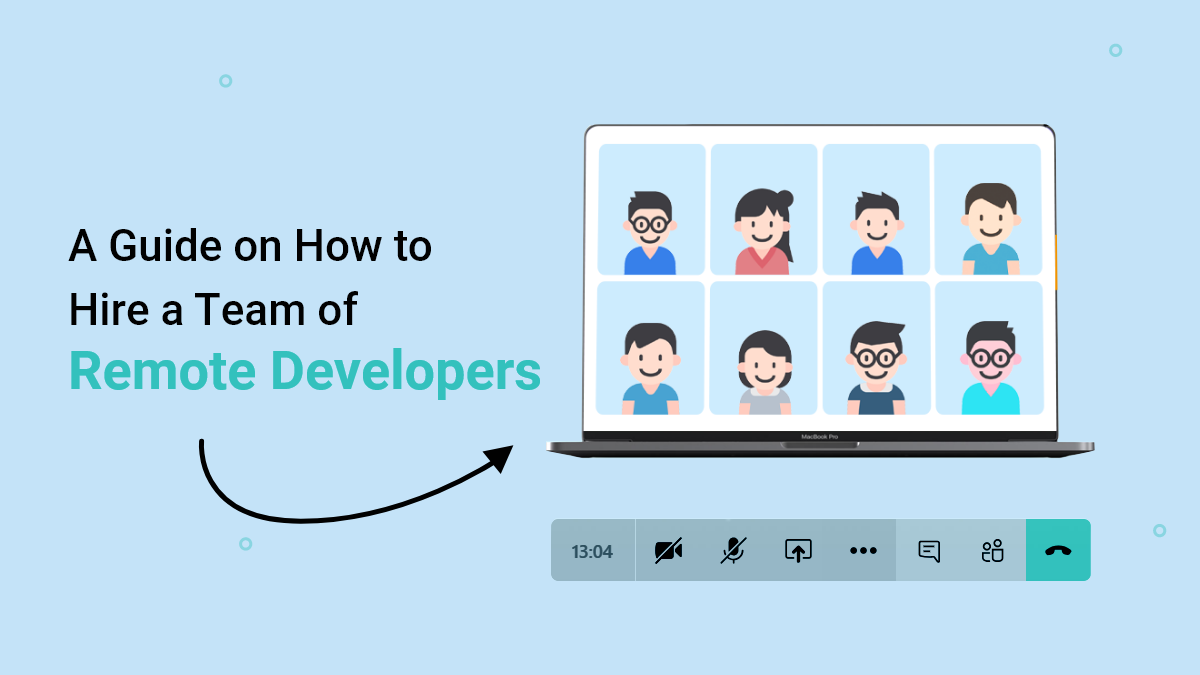
Hiring a team of remote developers can be a daunting task, but it doesn't have to be. With a little bit of planning and the right approach, you can find the perfect candidates to build your dream prod

Will DeepSeek and ChatGPT collide in the race for AI Supremacy? DeepSeek and ChatGPT are at the center of a heated debate that tends to shape the future of AI. The real-world implications and effecti

Nowadays, the financial industry has encountered massive digitization, and mobile apps play a significant role in it. There are a wide variety of money transfer apps available, catering to the needs a

Google released Android 13 beta 4 to the public, and with it comes a slew of new features and updates. In this article, we'll walk you through everything you need to know about the latest version of A

Lately, the tech world has been abuzz with talk of the Metaverse, a groundbreaking concept that promises a shared virtual space where people can interact and engage with one another. This futuristic i

In recent years, the gaming industry has seen a surge in popularity, with many gamers turning to online gaming platforms and console games in order to escape reality. With so many people playing video

Nowadays, the digital presence has revolutionized business dynamics. App development is not just evolving but breaking traditional barriers and emerging as strong and progressive solutions. With robus

The two hottest frameworks in the mobile app development world are Flutter and React Native. They’re both cross-platform solutions that allow you to write code once and deploy it to Android and

When it comes to mobile app development, one of the most important things you need to consider is the prototyping process. This will allow you to create a working model of your app so that you can tes

Did you know that Dubai's prime residential market is projected to experience the world's strongest growth in 2025? The Middle East is buzzing with opportunities, especially in the realm of mobile app

You’ve likely heard the term “Artificial Intelligence” or AI until now—It’s 2025. But have you ever paused to consider how deeply AI has woven itself into the web of our
If you’re in the healthcare industry, then you know that data privacy and security are of utmost importance. In order to protect patients’ information, the Health Insurance Portability and

Can you give thought to a week without coffee breaks at cafes? It might not be possible, but earlier, having coffee outside the house was never a thing. So how the tables have changed the corners?

The rise of online video streaming services has revolutionized the entertainment industry, prompting businesses worldwide to explore the possibility of launching their own platforms. With giants like

Blockchain technology and web development are two powerful innovations that have the potential to transform our world. While they may appear distinct, they share similarities and can work together to
The beacon technology market was valued at 519.6 million U.S. dollars in 2016, and it was estimated to increase at a CAGR of 59.8% to reach about 56.6 billion U.S. dollars in size in 2026. Throughout

Do you know what digital transformation with AI is and how it can impact your business? Organizations today are under pressure to digitally transform to stay competitive. This digital transformation
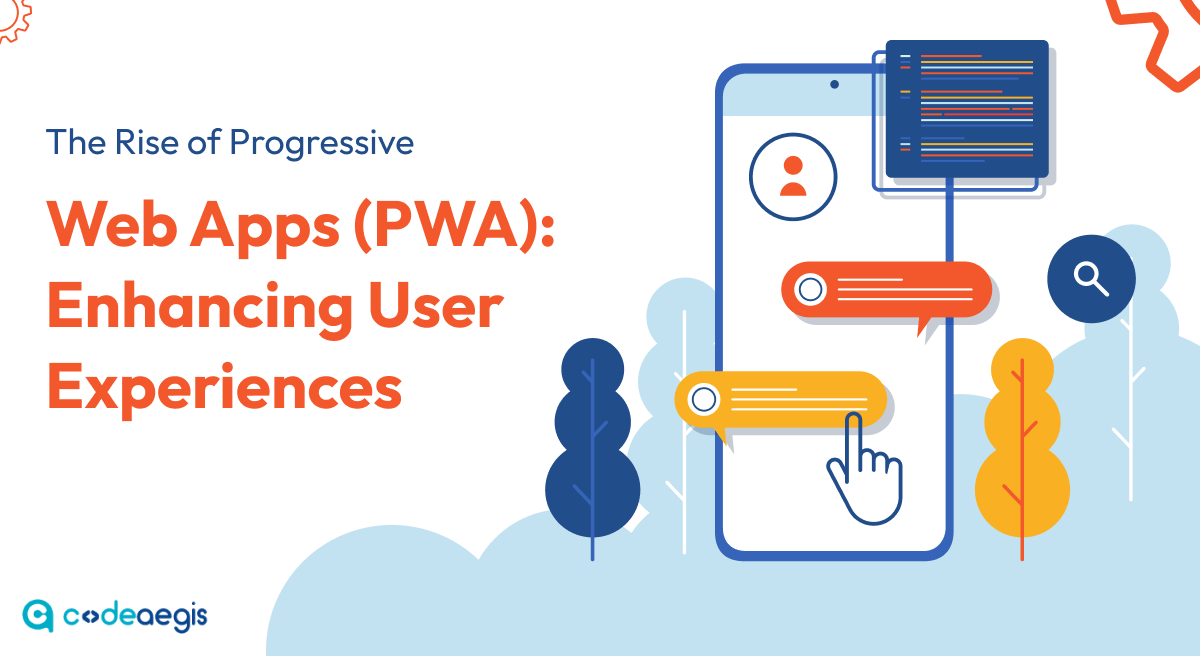
In today's digital world, businesses must keep up with ever-increasing consumer expectations and find new ways to engage their audience. That's where Progressive Web Apps (PWAs) come in. PWAs are a r
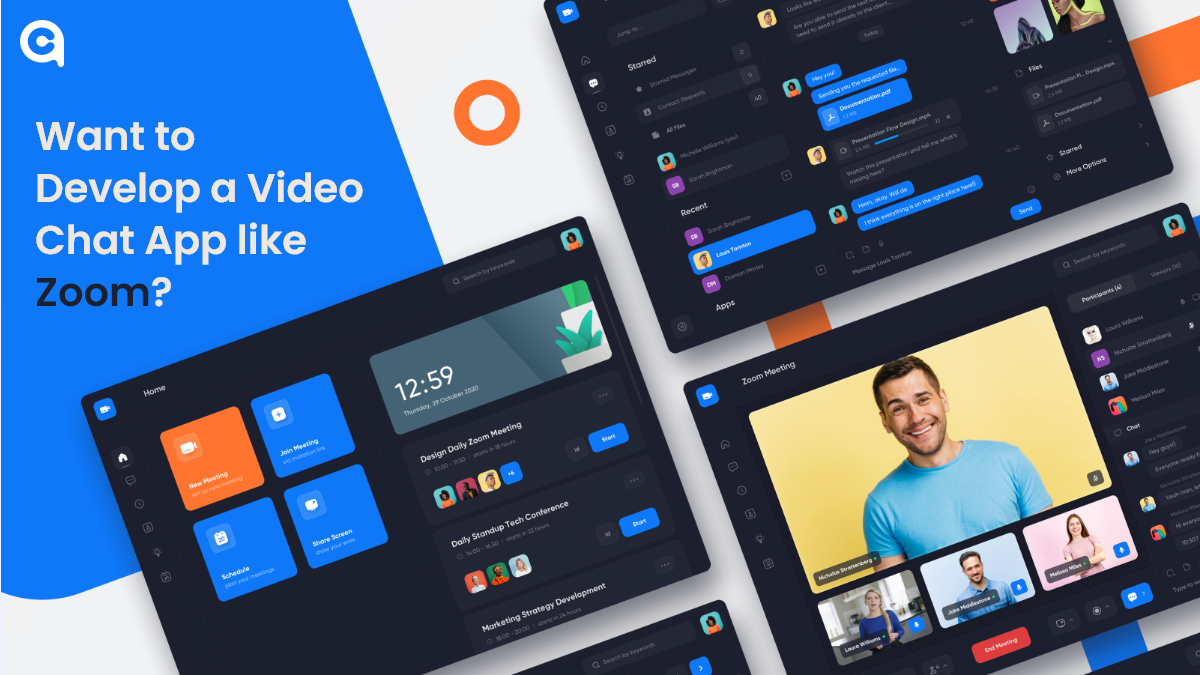
Depending on what niche you’re in, video chat apps are becoming increasingly common in the world of business and technology. Whether it’s a small startup company or a multinational corpora

When it comes to developing an app, there's a lot to consider. Not only do you need to create a user-friendly interface and design, but you also need to make sure your app is able to meet the demands

Over the past decades, the healthcare sector has continuously expanded its wings, moving from traditional to advanced technological processes. This evolution is driven by the sector's unwavering commi

Imagine a classroom where history comes alive in the 3D model of historical events. Biology students can explore the unique complexities of a cell as they have practiced it with real-world examples, a

An extensive background working in Tech, Travel, and Education Industries. Currently involved in entire business operations process: Benefits strategy and implementation, systems integration, Human Re

IPTV has established itself as a prominent technology that is gaining traction with its comprehensive platform applications. Unlike traditional methods like satellite, cable, or TV, IPTV has accelera
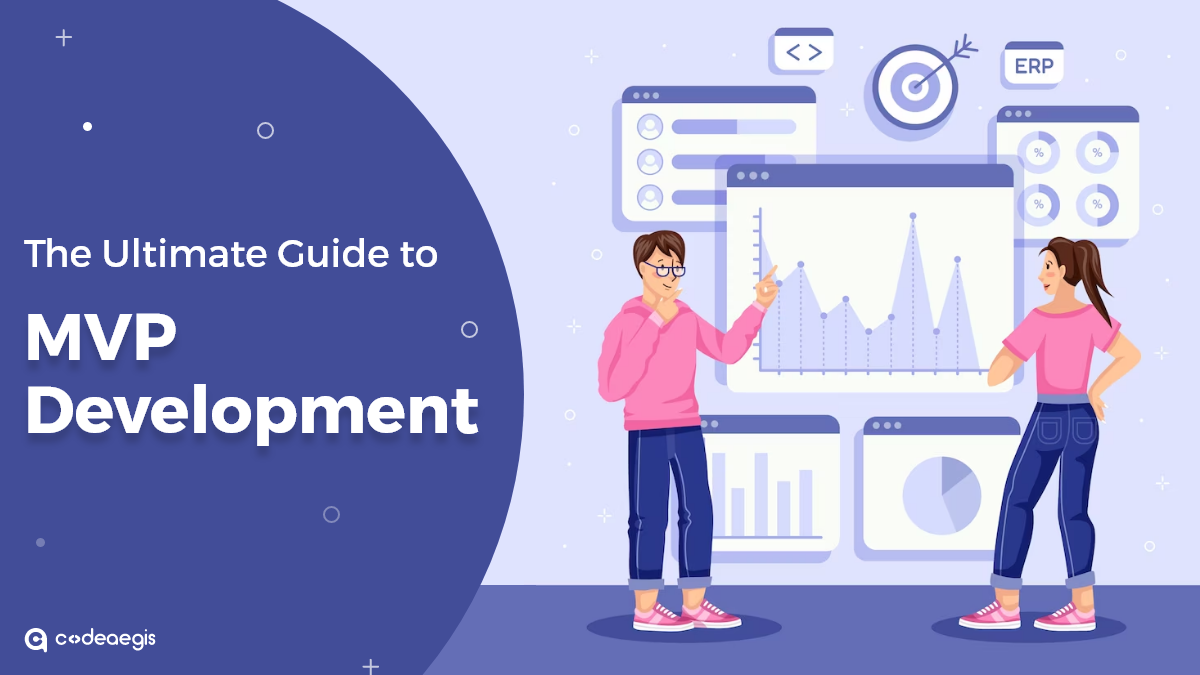
As the world of startups becomes increasingly competitive, building an MVP is crucial for entrepreneurs looking to test their ideas and launch successful businesses. By creating a minimum viable produ
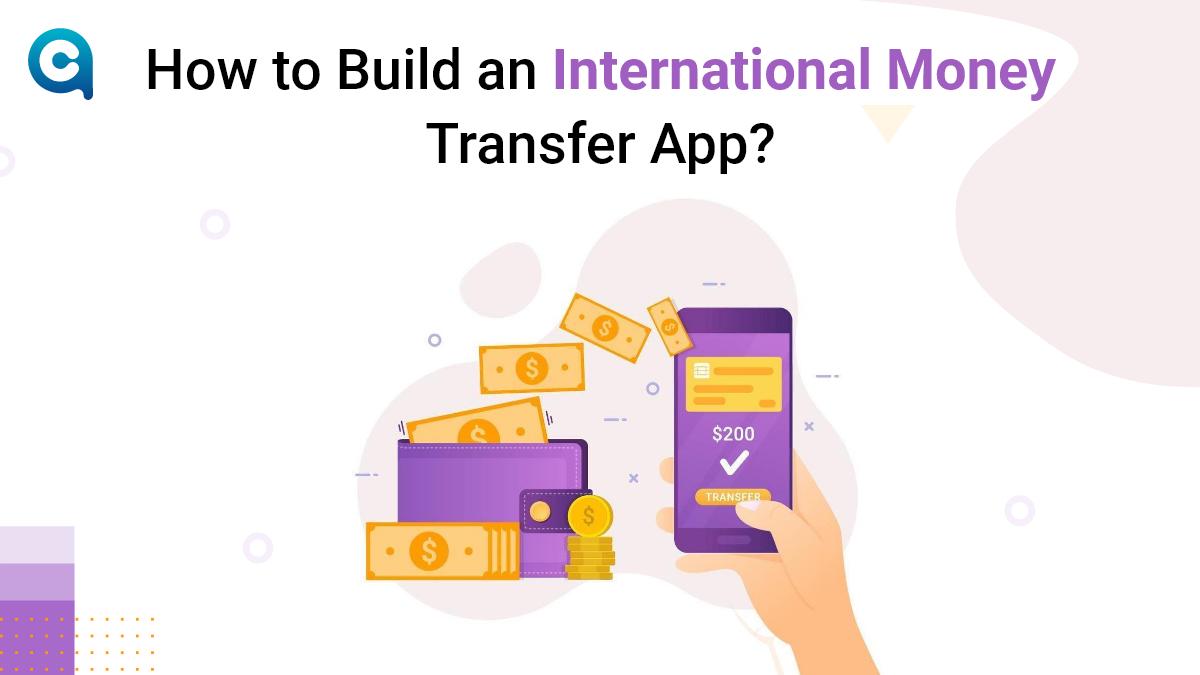
The introduction of online payment applications has changed how people perform financial transactions. A mobile phone with a banking app lets you quickly resolve various financial matters. Ta

Gone are the days when people used to wave down a taxi on the street or wait for one at the airport. With the advent of technology, people can now book a taxi with just a few taps on their smartphones
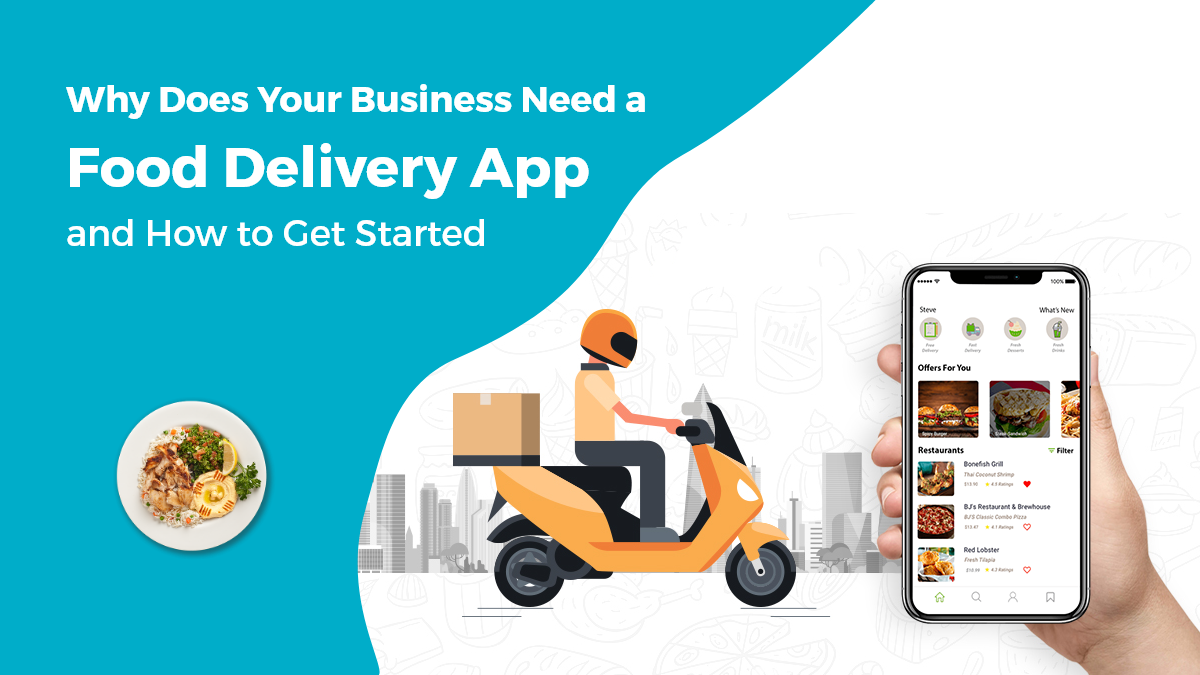
Businesses after COVID are going through several changes, and the food industry is no different. Restaurants that have been doing dine-in are now struggling to keep up with the demand for delivery and

The gaming industry is proliferating with the advent of smartphones and PCs. Every age group, from children to adults, is well-engaged and fond of online gaming. The rapid evolution of mobile gaming a
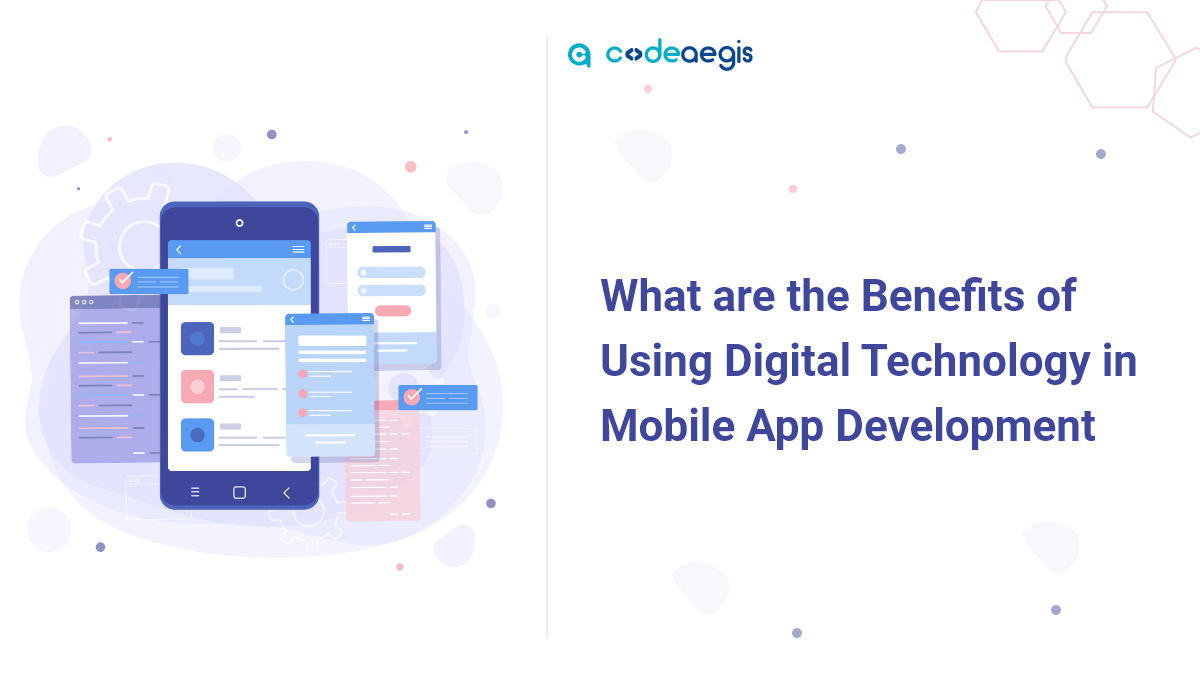
With the ubiquity of smartphones and tablets, it only makes sense that mobile app development - which is the process of creating applications for smartphones and tablet devices - is becoming more popu

Do you run your own business and want to build an Android app? If yes, you must know about the latest technology trends playing a significant role in the android app development process. Technology i

Prime Minister Narendra Modi eventually launched 5G in India at the 6th edition of the IMC (India Mobile Congress). Reliance Jio and other telecom organizations documented the various use cases of 5G

As blockchain technology continues to evolve, so too does the landscape of projects built on its foundation. The worldwide Blockchain market is predicted to expand at a CAGR of 42.8% (2018-2023), dire

Decentralized Finance (DeFi) is a modern and evolving region of finance that is less centralized and more open to innovation and collaboration. DeFi enthusiasts laud its prospect of disrupting convent

Having a mobile application is no longer a luxury—it's an essential tool for instantly capturing the market! To stand out in the rental businesses, a company must adopt tech-driven preferences
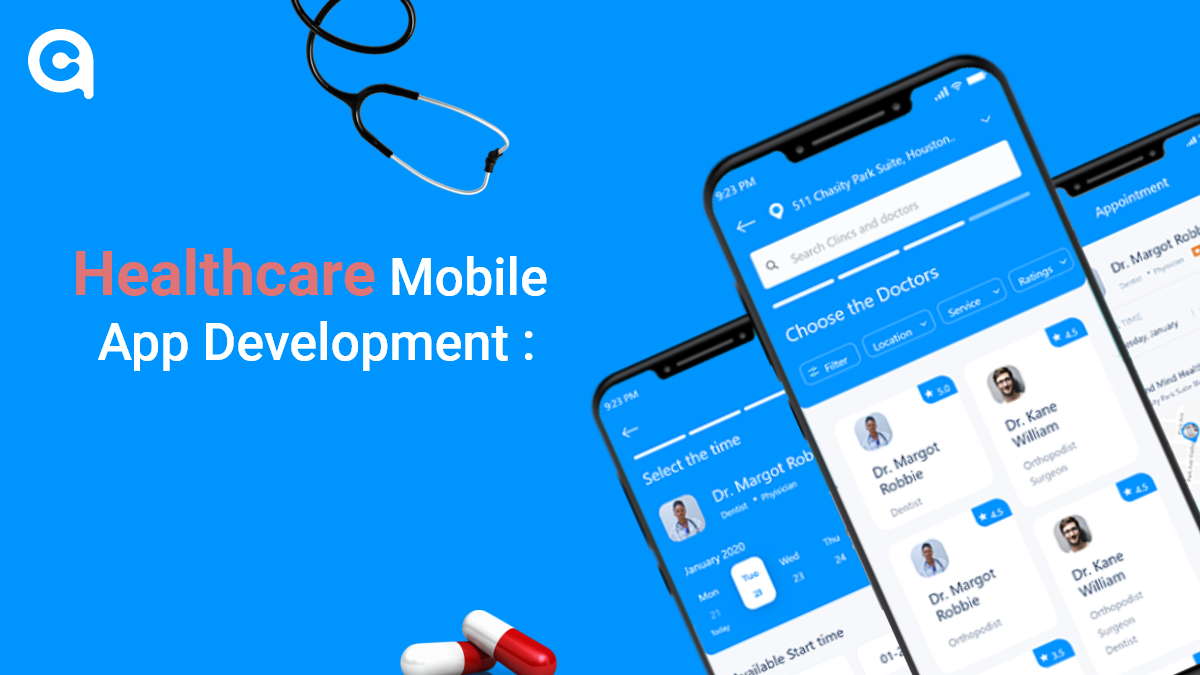
The healthcare industry is one of the most rapidly changing and growing industries worldwide. Mobile devices and apps have drastically changed how providers and patients interact and communicate.So, i

Imagine a world where you can speak your thoughts and desires, and the digital realm responds promptly, seamlessly integrating into your daily life. Whether you want to search for information, contro

DeFi is a new kind of investment that’s taking the world by storm. So what is it? Essentially, DeFi is a digital asset class that allows you to invest in cryptocurrencies and other digital asset

Mobile applications play a vital role in the development of multiple businesses in this digital world. Most companies are investing in iOS app development to strengthen their market appearance and dra

The mobile app market has grown to a staggering size, with over 1.8 million apps available in the Google Play Store and Apple App Store combined. Mobile apps have become a necessity for people worldwi

Rental businesses are gaining market share by offering essential services that help other businesses minimize downtime and maximize profitability. This growth trend is particularly strong in the servi

The UAE, and Dubai specifically, has really evolved from just a real estate and tourism market, and is quickly becoming a hub for digital innovation and online commerce. With the continued investment

Generative AI? Is this still a question mark to you? If you don’t know what generative AI does, that would be a fair question, but it was not if you said that you haven’t interacted with

In the last few years, wearables have become increasingly popular. Fitness trackers, smartwatches, and even smart glasses are becoming more and more commonplace. And as the technology improves and bec
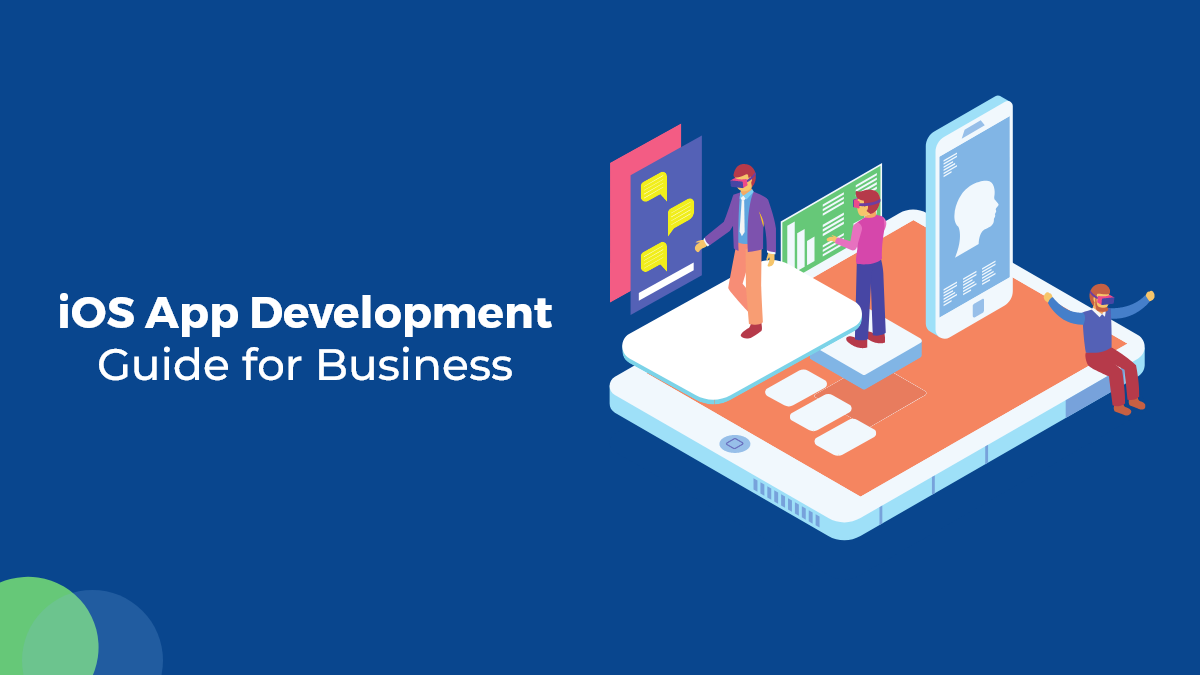
Businesses these days are looking to have an edge over their competition by having a strong online presence. A website is not enough anymore, and many companies are turning to mobile apps as a way to
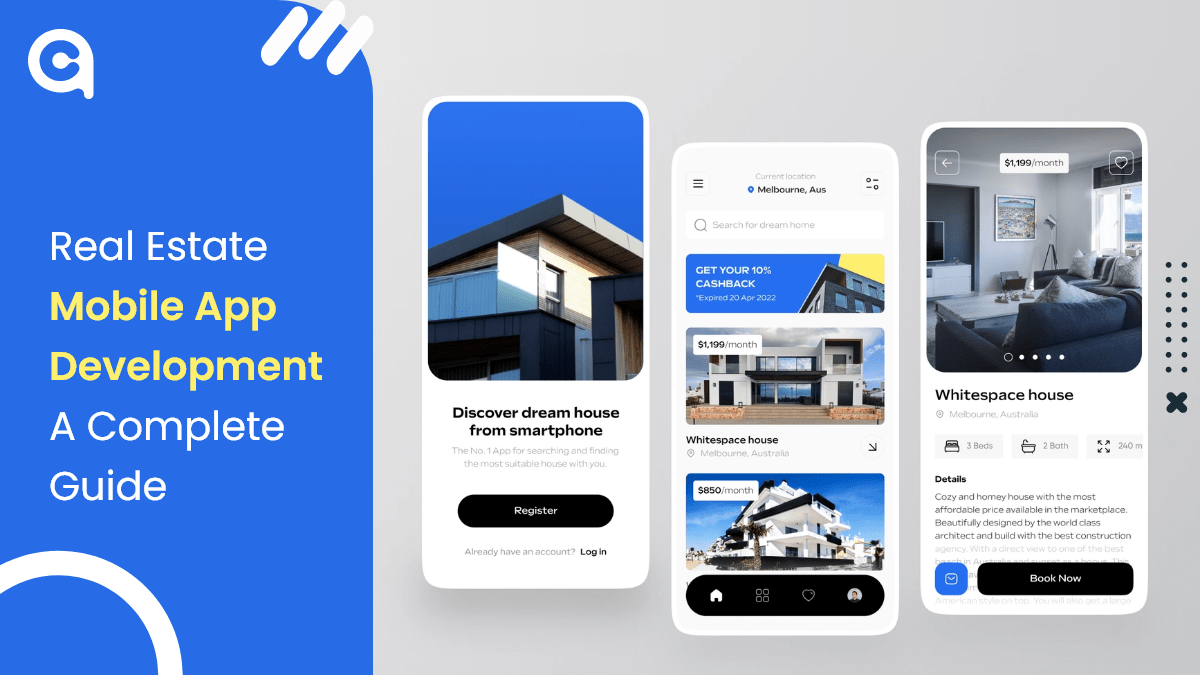
The world is digitizing at a very rapid pace, and in such a scenario, real estate businesses must also go digital to stay ahead of the competition. One of the best ways to digitize your business is de

The world of gaming is rapidly evolving, and the latest buzzword is "metaverse." The term refers to a virtual world where users can interact with each other and digital objects in real time, using imm

The United Arab Emirates (UAE) is flourishing as the hub for blockchain technologies, transforming the digital ecosystem and having a forward-thinking government to maintain its competitive edge. Gove

Mobile app development is quickly becoming a necessity for businesses. As the world becomes increasingly digital, companies of all sizes rely on mobile apps to reach customers and increase customer en
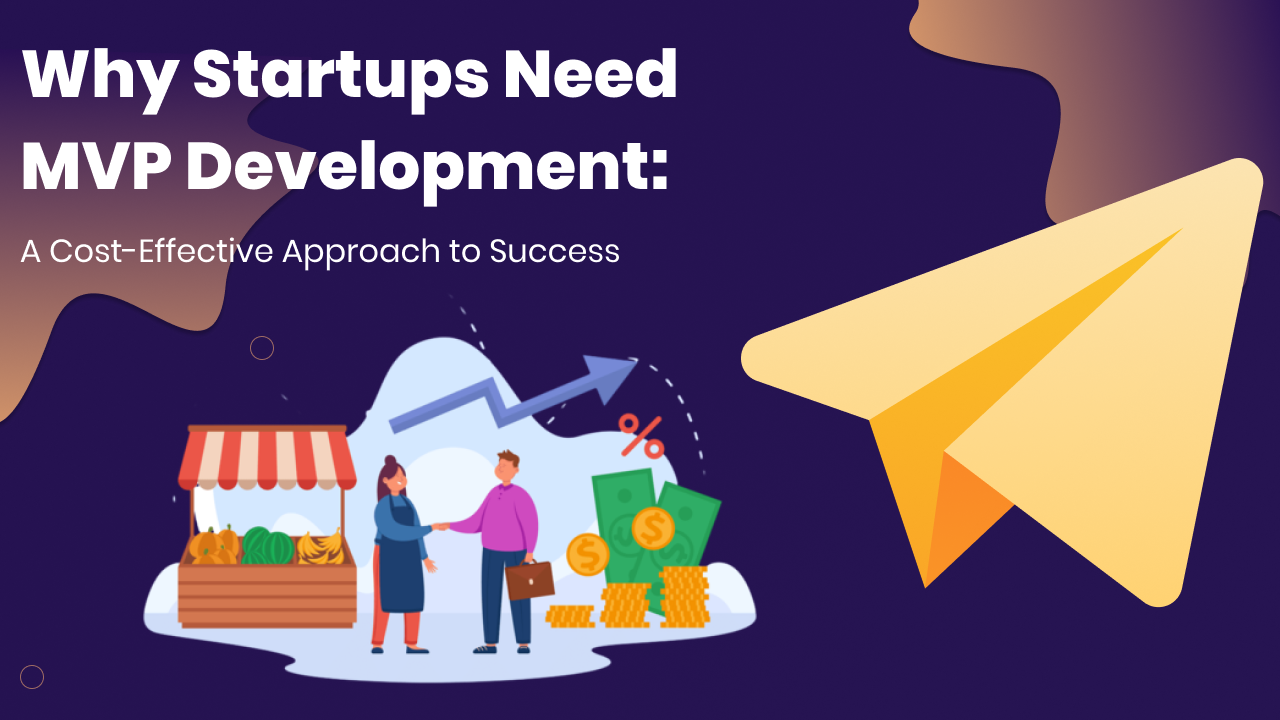
The startup space is fast, competitive, and harsh. According to Exploding Topics, about 90% of startups fail. What would be the reason for that? There would be multiple reasons for startup failure, bu
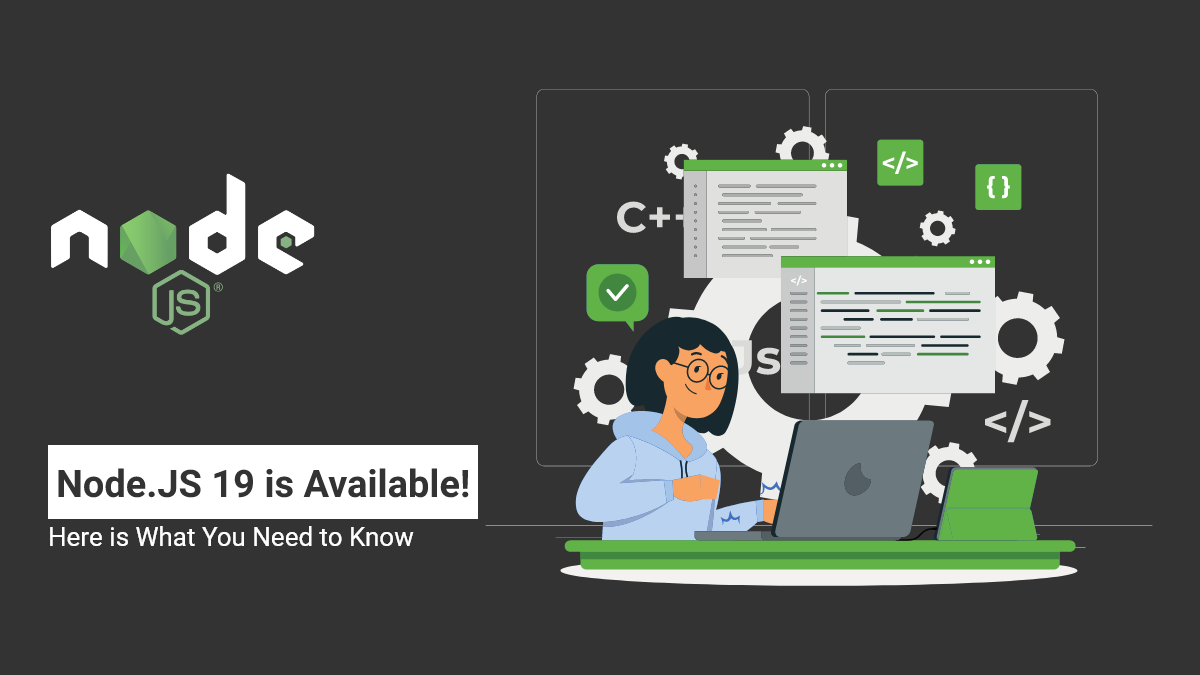
The launch of Node.js 19 is now available! It substitutes Node.js 18 as the current launch line, with Node.js 18 being encouraged to long-term support (LTS) next week. What do these two launches mean

Necessity is the mother of invention origin! Have you ever wondered when an entrepreneur decides to start a business? When demand is high and supply is low, opportunities arise. But there’s mor

Over-the-top (OTT) platforms like Disney Plus, Netflix, and Prime Video have gradually captured attention as traditional TV-watching methods have faded. Throughout the year, OTT platforms have created
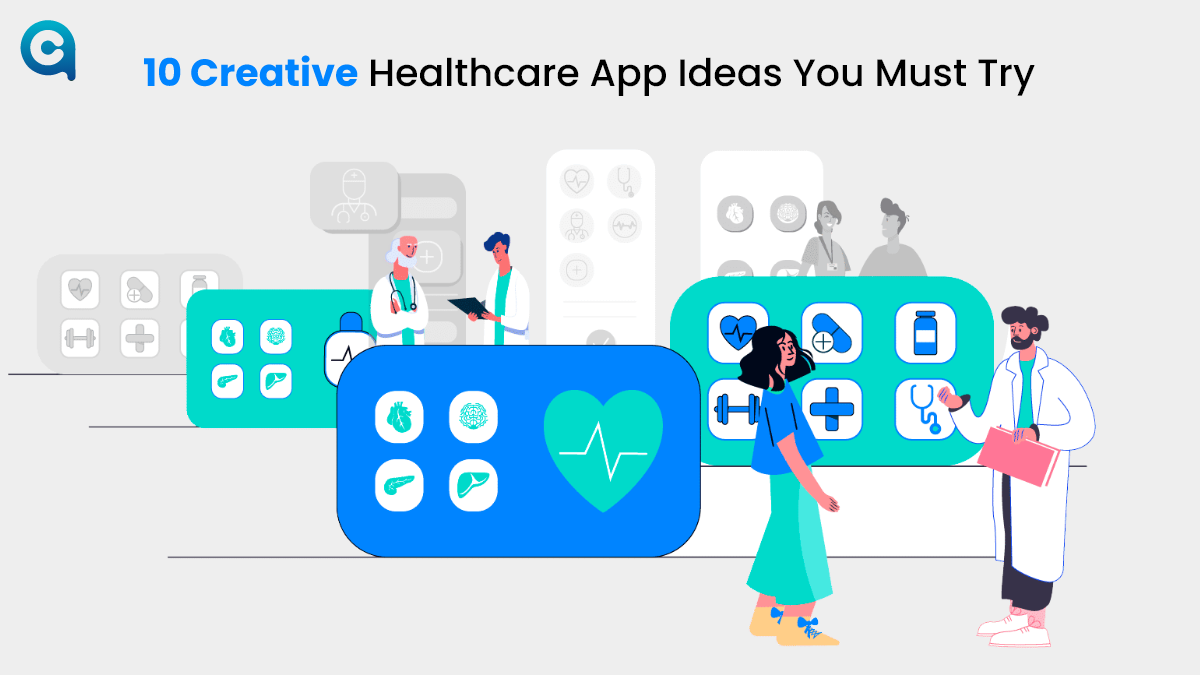
As we head into the future, more and more people are looking to find ways to improve their healthcare. And with good reason - healthcare can be expensive, and it can be difficult to get the right care

Summary: Car rental apps have become the heart of the business, stimulating growth, efficiency, and customization. They offer updated rental methods to stay relevant with Gen Z and Millennials, who ar

Have you ever found yourself in a situation where you desperately needed a product or service but didn't have the time or energy to go out and get it? Well, fear no more because on-demand delivery app

Augmented Reality and Virtual Reality are the two leading buzzwords in the technology era. What began as a completely new, significantly different technology has rapidly revolutionized into something

It's no secret that the digital world has transformed many aspects of our lives, and it is only going to continue changing in ways we can't even imagine yet. To help businesses keep up with this rapid

If you’re planning to enter the fast-growing fantasy sports market, one of the most critical aspects considered is “What will it cost to build a fantasy sport that stands out and drives t

With the advent of technology, the financial industry has experienced a massive transformation in the past few years. Fintech applications have revolutionized the way we manage and invest our money.

Picture this: a world where traditional banking transforms into a cutting-edge, efficient, and transparent system that leaves everyone in awe. Blockchain, often met with skepticism and uncertainty, is
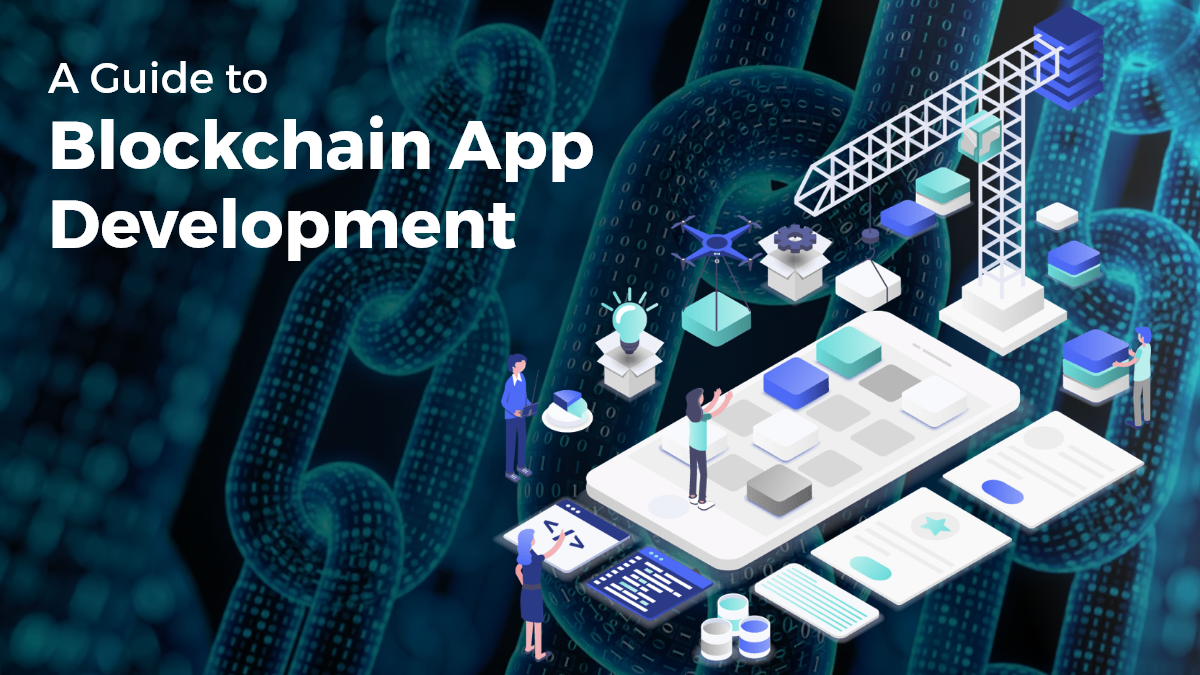
Blockchain technology has been a hot topic recently due to its potential to revolutionize various industries. Blockchain is a distributed ledger technology that ensures transparency, security, and dec
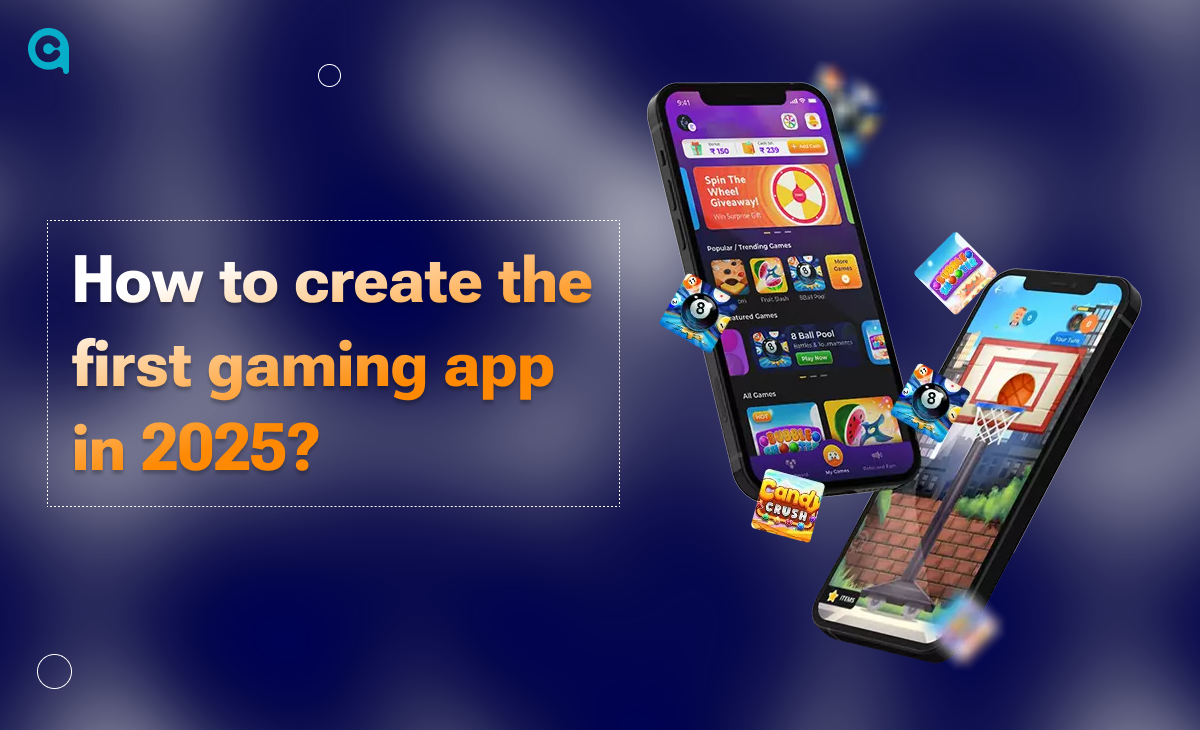
Application development is essential to fostering business efficiency while accepting new changes. Depending on the specific requirements, 85% of businesses rely on software development solutions to s

The food delivery application has innovative, game-changing features that will transform the industry from the bottom to the top. According to Statista, the online food delivery market in the UAE has
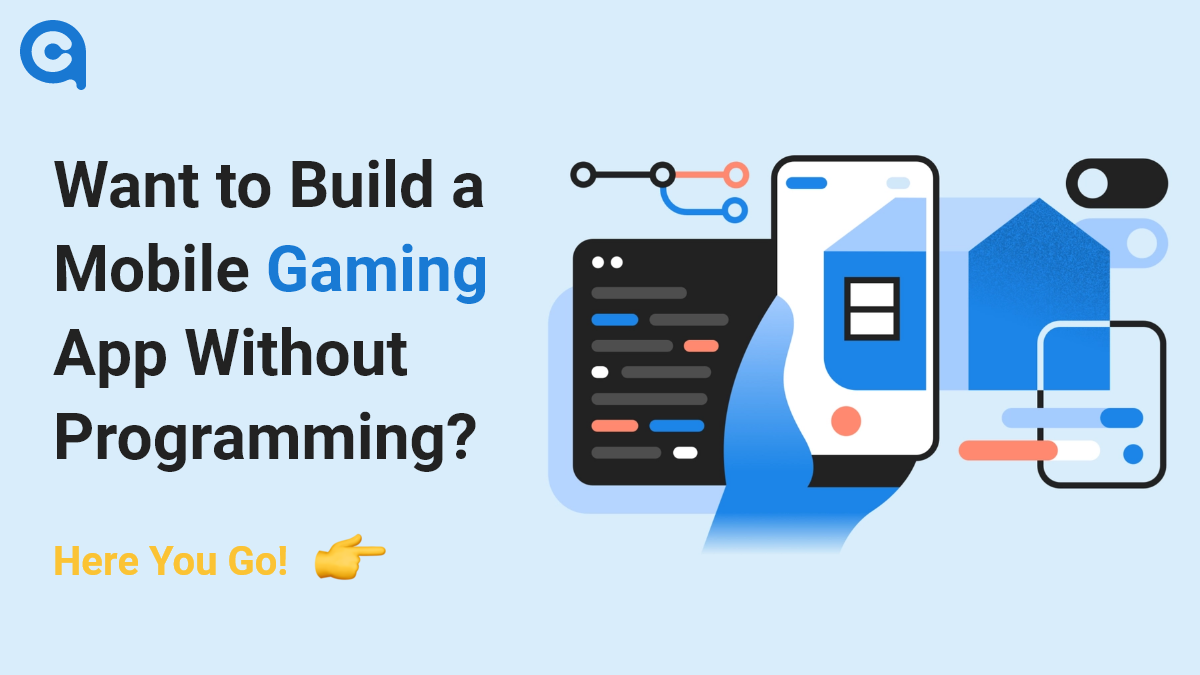
Do you want to build a simple app for your business? Do you want to create an app that enhances the experience of users who play games on their smartphones? Whatever your reason, I have created this g
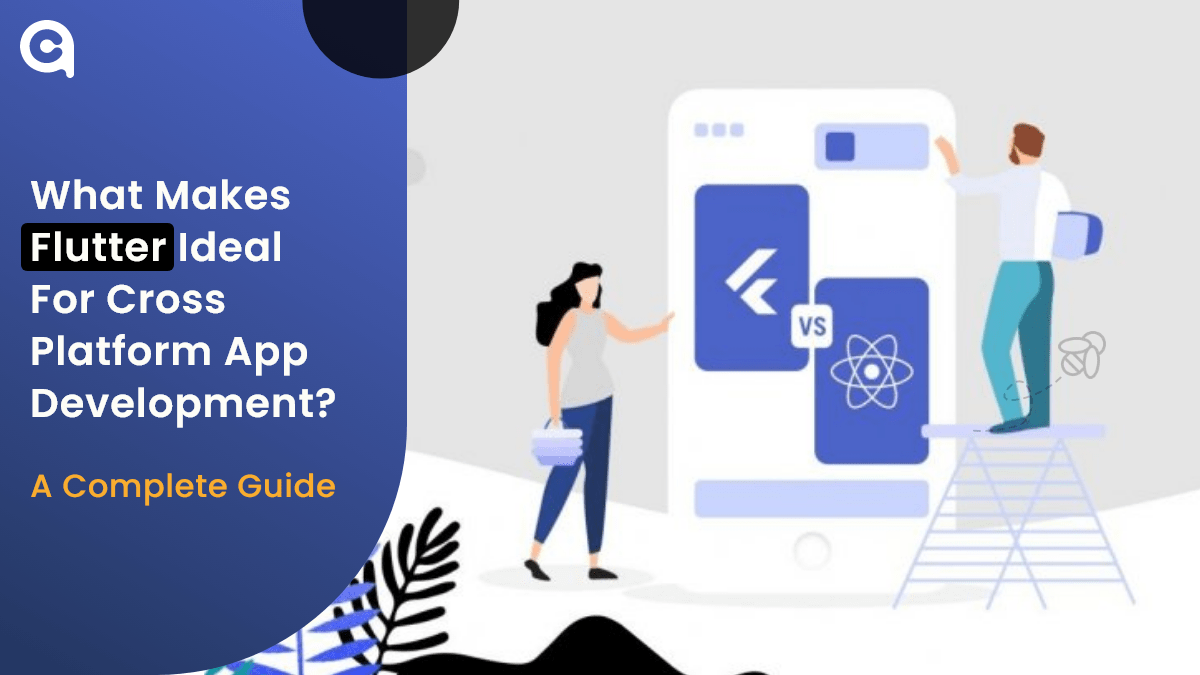
Table of Contents 1. What is Flutter? 2. Why Choose Cross-Platform Development? 3. Why is Flutter the Best Platform to Make Cross-platform Applications? 4. How Much Does it Cost to
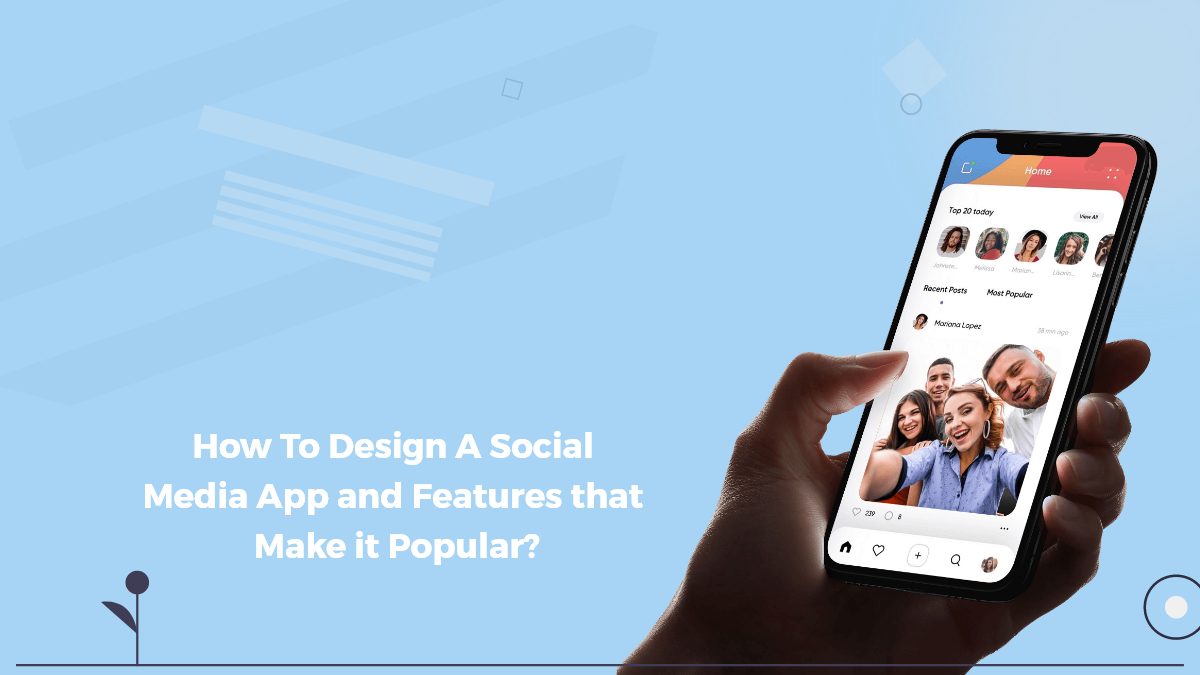
Social media apps are all the rage these days. People use them to connect with friends and family, to learn about new products and services, and to stay up-to-date on the latest news. But as popular a
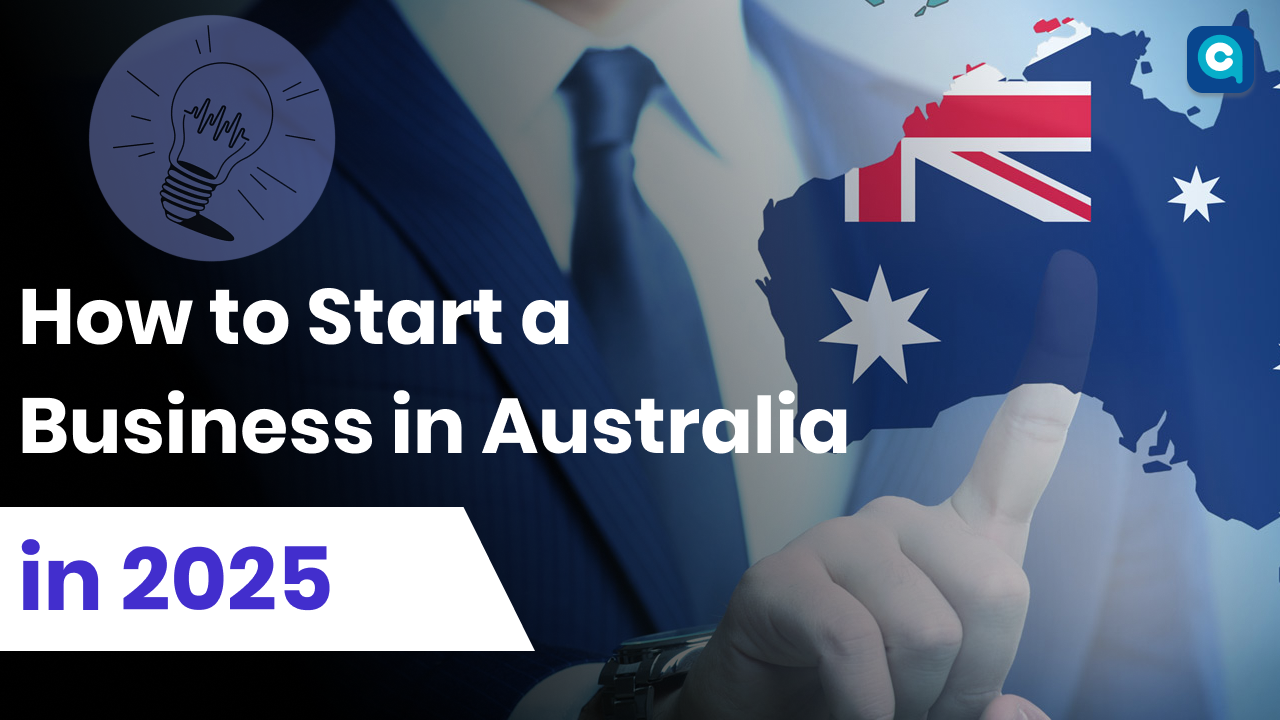
Australia is moving towards a big shift at a global level. It is strengthening the ties at the B2B level and becoming a hub for innovation, sustainability, and digital transformation. Backed with a r
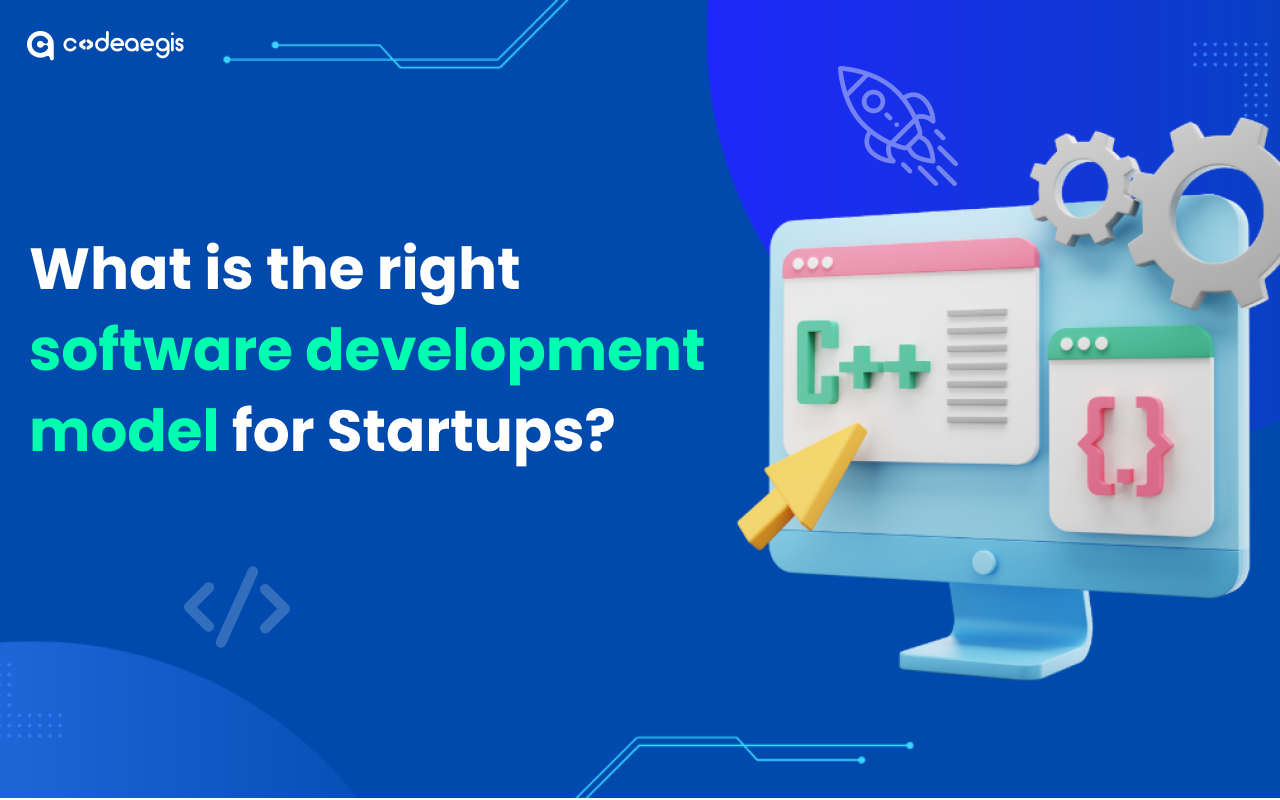
Sipping coffee and thinking of a startup has always been trendy. Similarly, hanging out with friends and promising them to start a business someday feels refreshing. Did you know that several success

Picture this - a world where business transactions are seamless, secure, and transparent. This might have seemed like a distant dream before the advent of cryptocurrencies and blockchain technology, b

Technology has come a long way in the past decade, and augmented reality (AR) is one of the most exciting development fields. AR technology superimposes digital content into the real world, creating a

The mobile app market has grown to a staggering size, with over 1.8 million apps available in the Google Play Store and Apple App Store combined. Mobile apps have become a necessity for people worldwi
Have you ever felt like you’ve attracted 30% more consumers to your shopping sales by using a technical hack to revive your shops? It would work like a person was crossing through next to your

Is your business still relying on off-the-shelf software solutions that don’t efficiently meet your unique business requirements? If your mind instantly says yes, then let’s explore why in

By 2024, we all know that technology will be the future. What excites me the most is that technology has covered all the dimensions of businesses, enabling them to attain their potential and efficienc
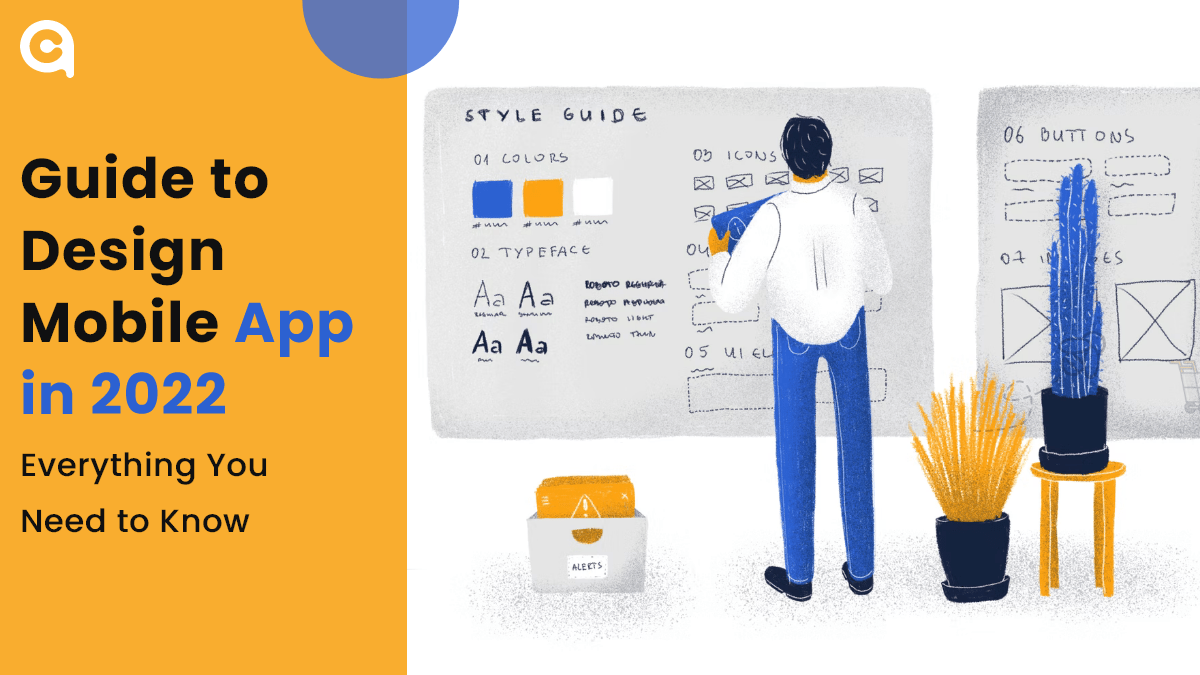
Are you looking to design a mobile app in 2025? Mobile application development is an ever-changing field, and it can be hard to keep up with the latest trends and best practices. But with this guide,

Blockchain technology is becoming the heart of multiple industries. It is robustly securing businesses through its core value, making it the first pick-up in the generative AIs. The blockchain is the

Things have changed dramatically over the years with new opportunities, techniques, and future advancements. Real estate is the best industry to invest in, though the procedure sometimes irritates. Me

Are you aware that the world is going through a significant shift in the way we make payments? According to a recent report by Deloitte, the total value of digital payments worldwide is estimated to r
Leave a Reply
Your email address will not be publishedDO YOU HAVE ANY PROJECT
Let's Talk About Business Solutions With Us
India Address
57A, 4th Floor, E Block, Sector 63, Noida, Uttar Pradesh 201301
Call Us
+91 853 500 8008
Email ID
[email protected]





.jpg)





